The hack squat machine is a staple in many leg workout routines, offering an excellent alternative to traditional squats. But what does this exercise specifically target? Whether you're new to strength training or an experienced lifter, understanding which muscles the hack squat activates can help you maximize its benefits. In this article, we'll break down the key muscle groups involved in the hack squat and how it can complement your lower-body workouts.
Primary Muscles Targeted by the Hack Squat
-
Quadriceps
The primary muscle group activated during a hack squat is the quadriceps—the muscles on the front of your thighs. These are responsible for extending the knee and are heavily engaged during the lowering and pushing phase of the squat. The hack squat's design allows for a more isolated focus on the quads compared to traditional squats, as your back and core are supported by the machine, enabling you to place greater emphasis on the leg muscles. -
Glutes
Another key muscle group targeted by the hack squat is the gluteus maximus. As you push the sled back to a standing position, your glutes work hard to extend your hips. This makes the hack squat an excellent exercise for developing both strength and size in the glutes. The degree of glute activation increases as you perform deeper squats, so adjusting the depth of your squat can further target these muscles. -
Hamstrings
While the hack squat is more quad-dominant, it does engage the hamstrings to a certain extent, especially when you perform the exercise with a deeper range of motion. The hamstrings assist with knee flexion and help stabilize the movement during the upward phase. Although they aren't the primary muscle worked in the hack squat, they still play a significant role in the exercise's effectiveness. -
Calves
The gastrocnemius and soleus muscles, located in the calf area, also get some attention during the hack squat. As you extend your legs to lift the sled, your calves contract to assist in stabilizing the movement, particularly when you're pushing through the toes.
Secondary Muscles and Stabilizers
In addition to the major muscle groups, several smaller muscles play a supporting role during the hack squat:
- Adductors (inner thighs): These muscles help stabilize the legs and prevent them from collapsing inward during the squat.
- Core muscles (abs and lower back): While the hack squat machine provides back support, your core still has to engage to maintain stability and control throughout the movement.
- Hip flexors: These muscles assist in bending and extending the hip joint as you squat down and rise up.
Why Choose the Hack Squat Over Traditional Squats?
One of the main advantages of the hack squat is its ability to isolate the lower body. Unlike traditional squats, which require significant core and lower back stabilization, the hack squat machine helps minimize the involvement of the upper body. This makes it ideal for people who want to focus on leg development without worrying about form issues related to balancing a barbell or free-weight squats.
Additionally, the hack squat machine allows you to adjust the weight in smaller increments, making it a safer and more controlled option for those who may struggle with balance or proper squat technique. This makes it a good option for both beginners and more experienced lifters looking to enhance their leg strength and size.
How to Maximize the Effectiveness of the Hack Squat
To get the most out of the hack squat, here are some tips to keep in mind:
- Focus on Depth: The deeper you squat, the more engagement you’ll get from your glutes and hamstrings. Be mindful of your form to avoid excessive strain on the knees.
- Foot Placement: Adjusting the position of your feet on the platform can target different muscles. For example, a wider stance will involve more glute and inner-thigh activation, while a narrower stance will emphasize the quads.
- Control the Movement: Avoid using momentum to lift the weight. Perform slow and controlled movements for maximum muscle activation and safety.
Conclusion
The hack squat is a powerful machine that primarily targets the quadriceps and glutes, with secondary emphasis on the hamstrings and calves. By isolating these lower-body muscles, the hack squat is an excellent choice for anyone looking to build leg strength, size, and endurance. Whether you're using it as a standalone exercise or as part of a comprehensive leg workout routine, the hack squat can deliver impressive results when performed correctly and consistently.
By understanding which muscles the hack squat targets, you can tailor your workout to your specific fitness goals and build stronger, more toned legs over time.


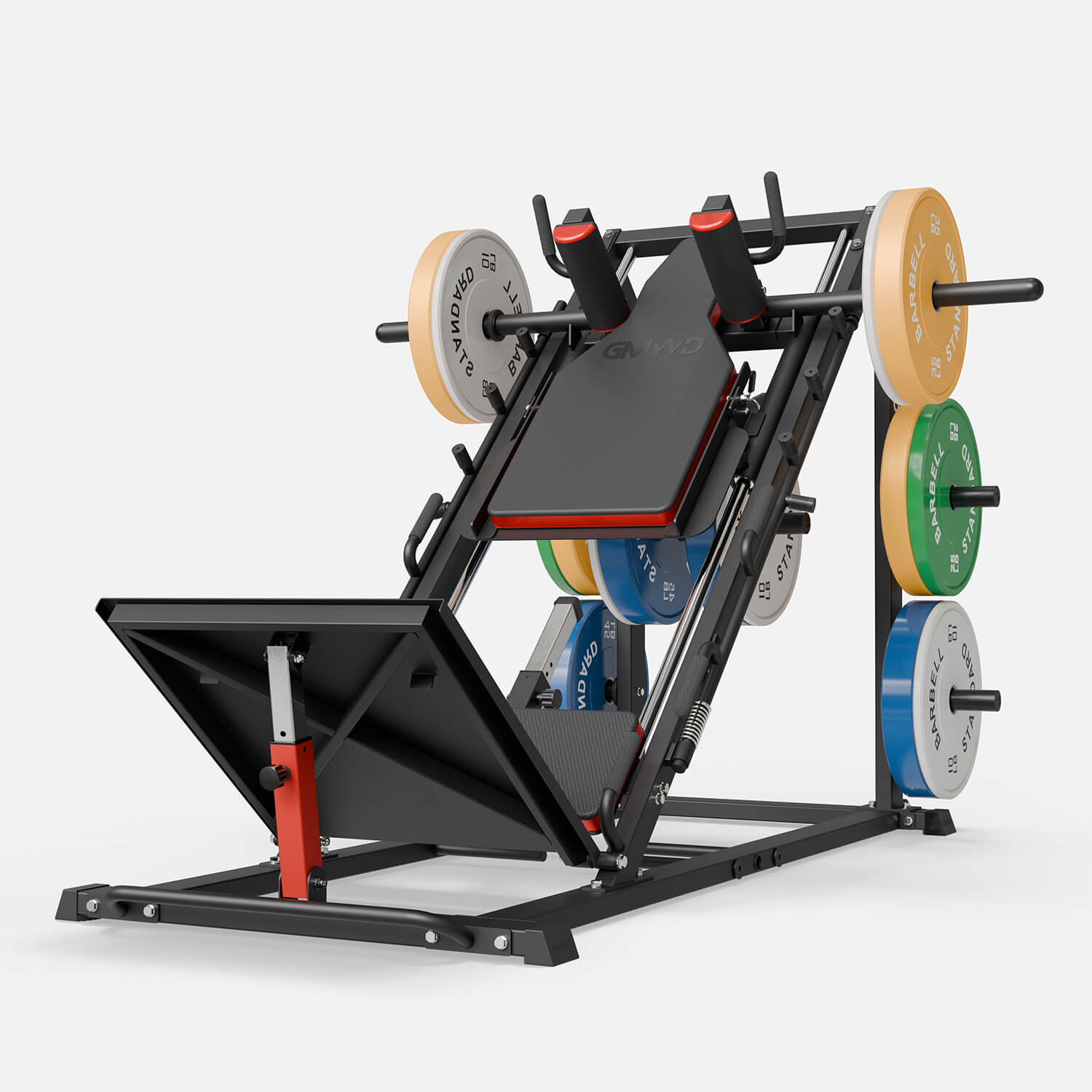
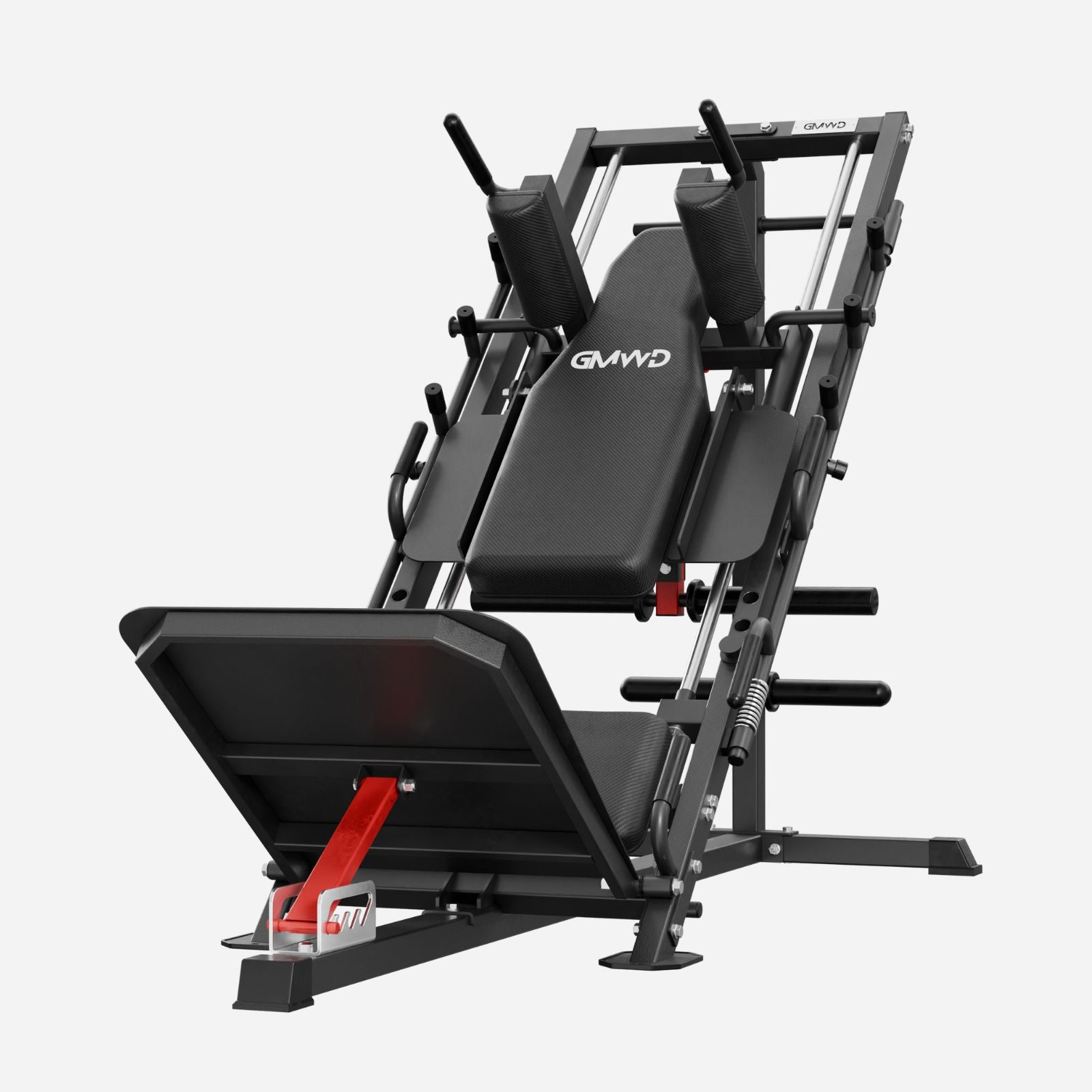

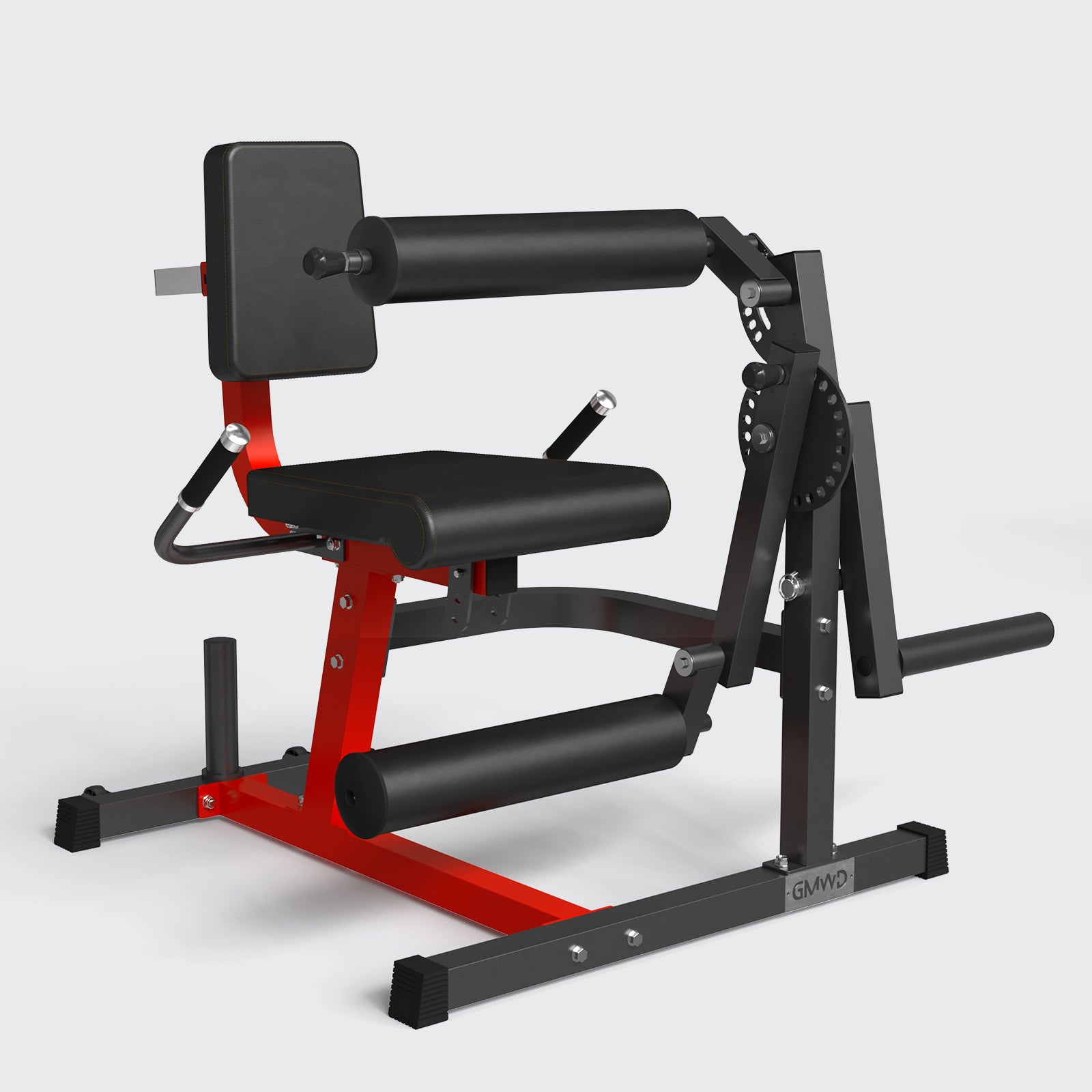
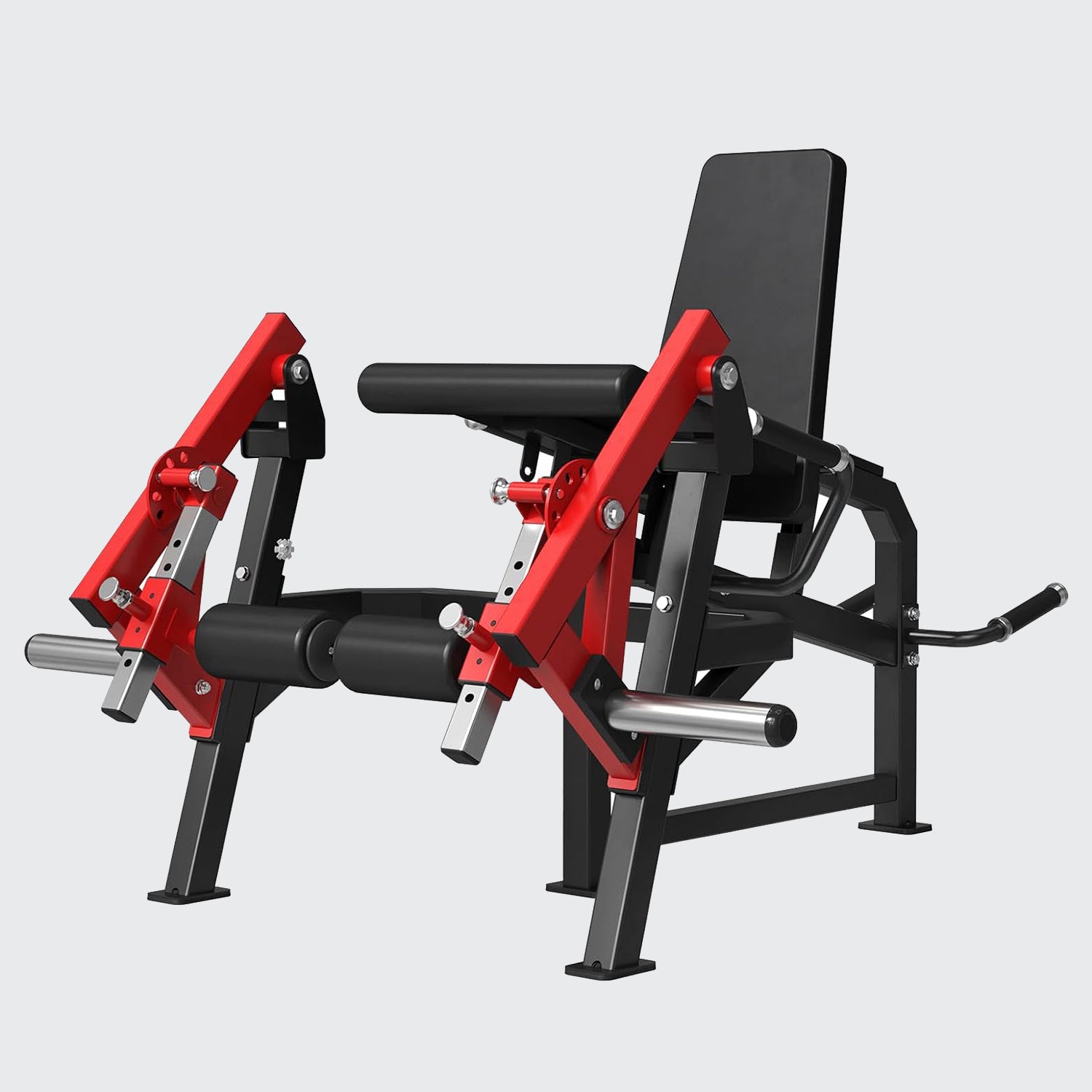
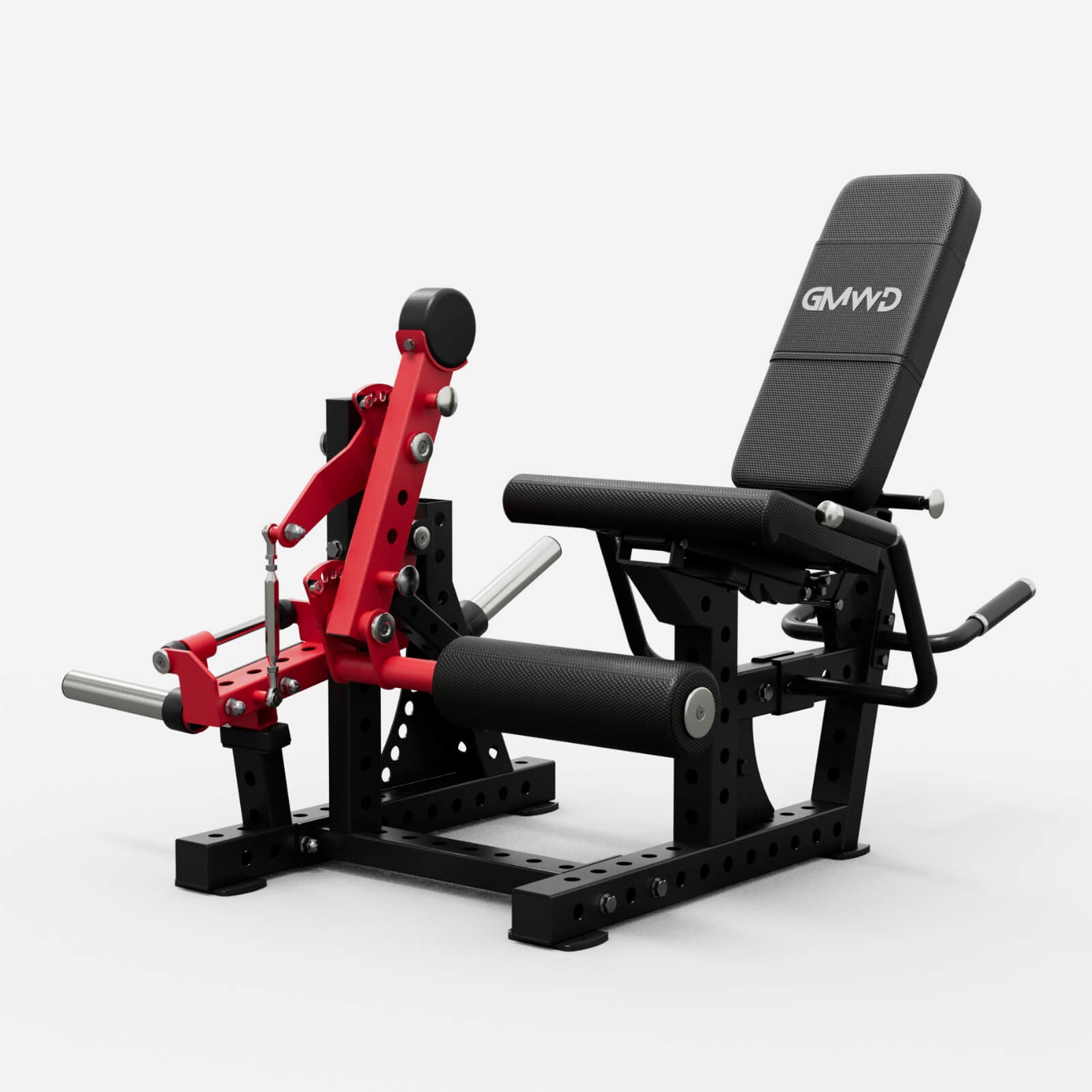
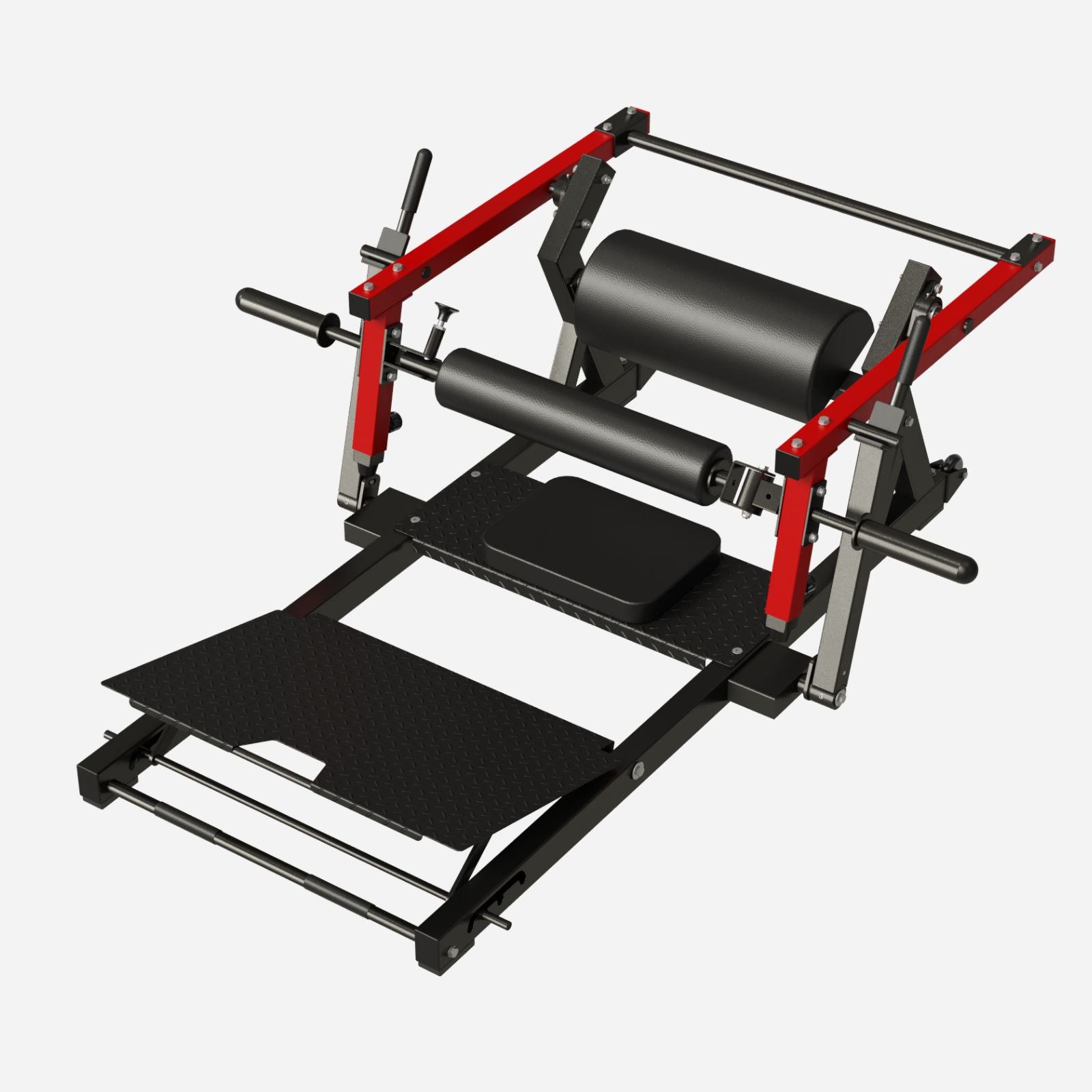
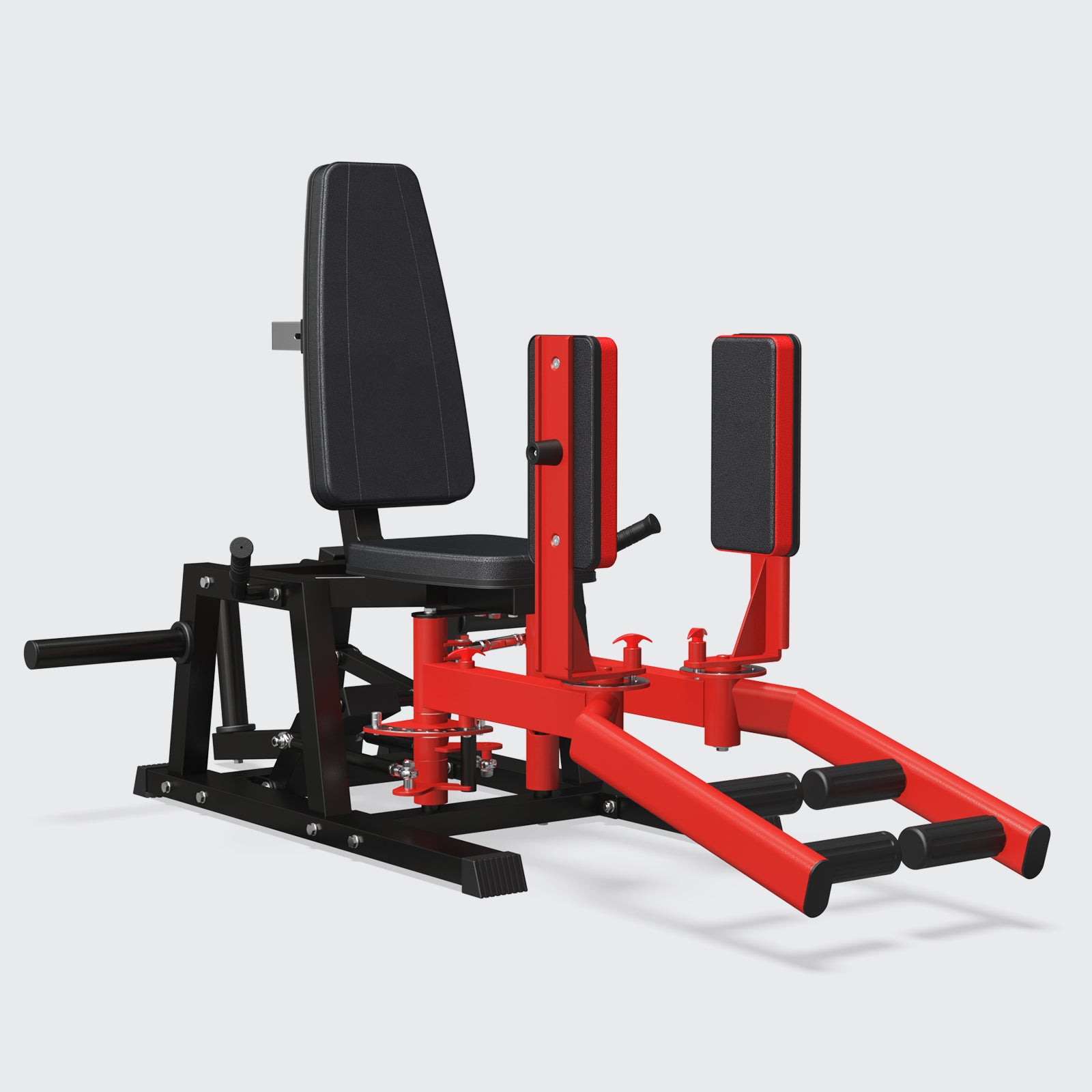
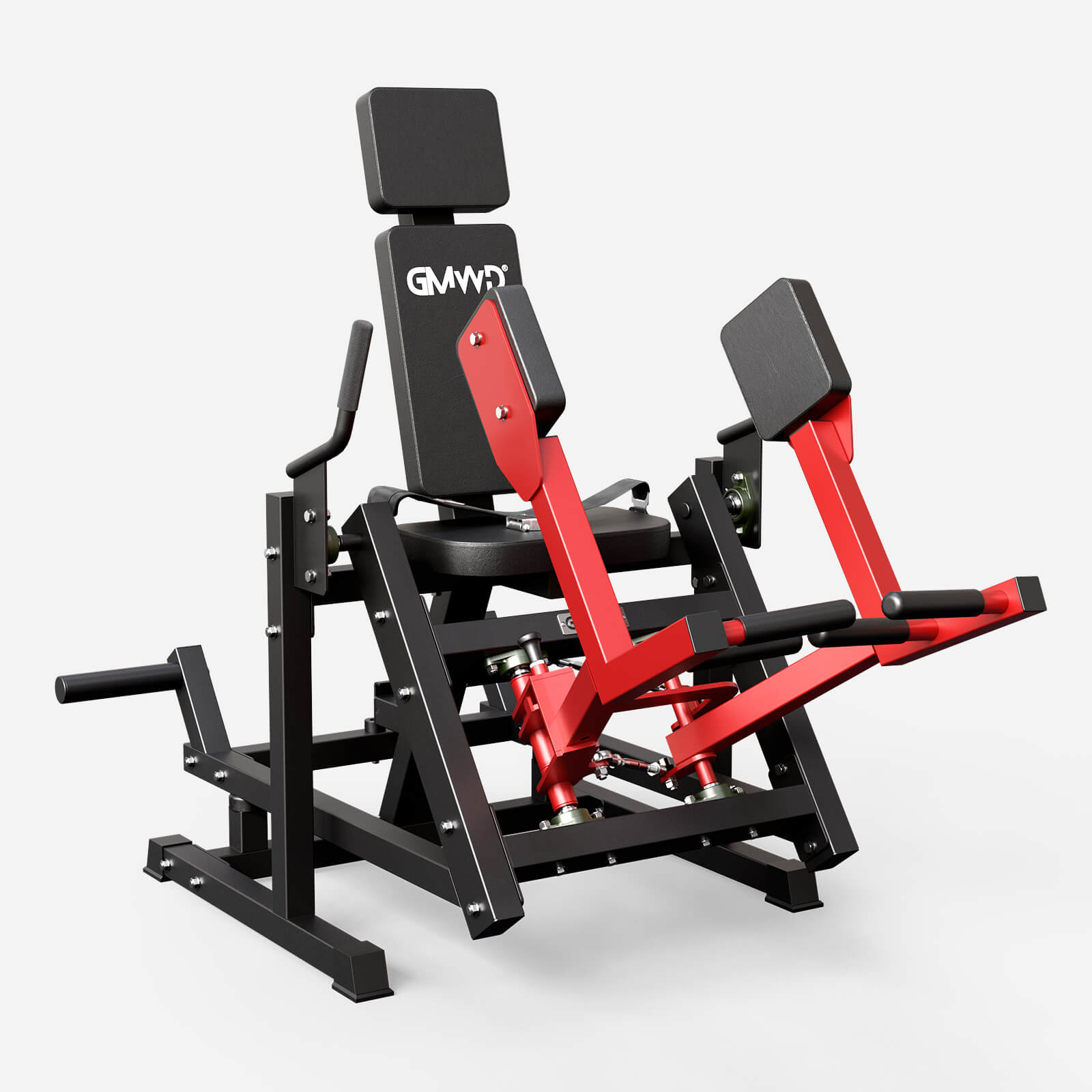
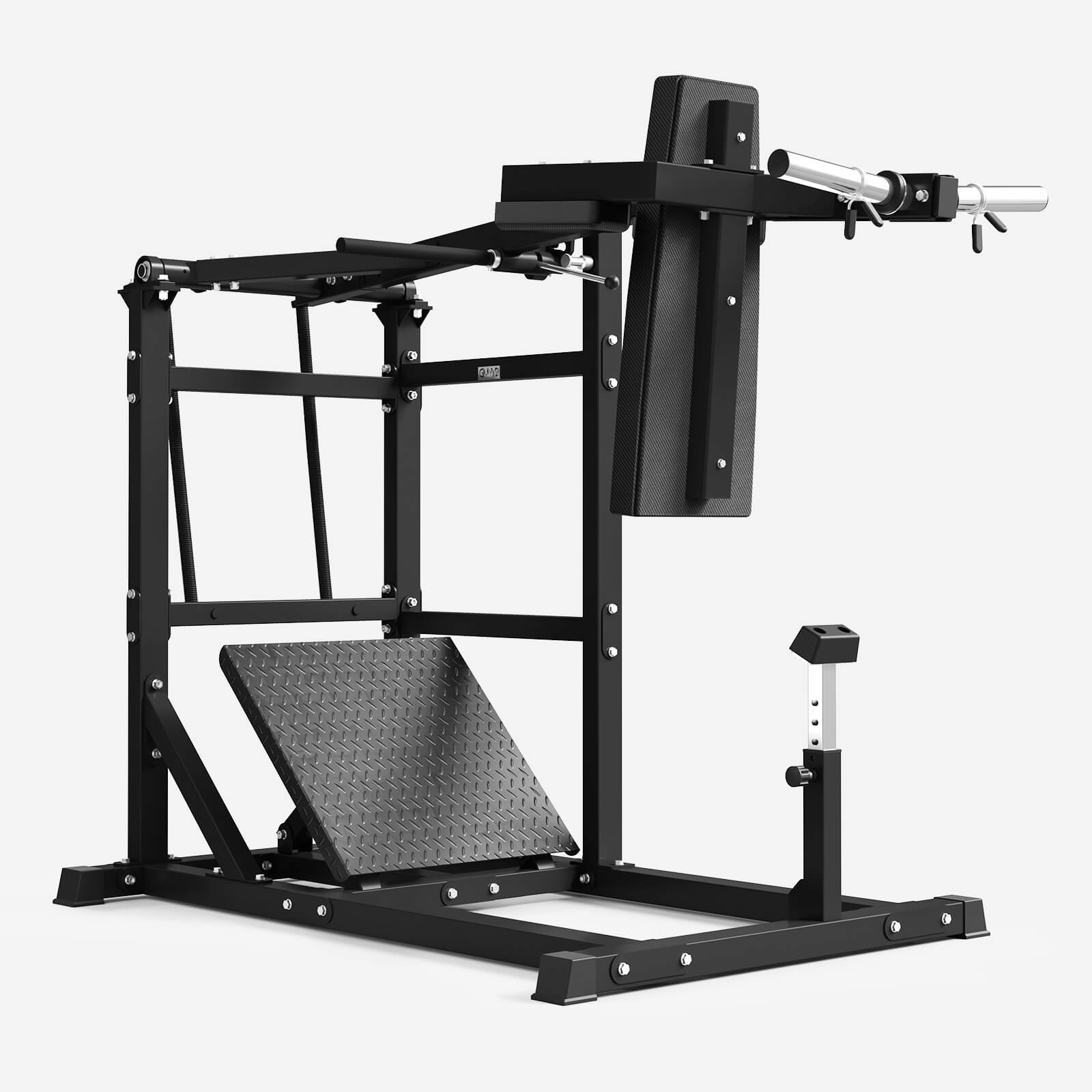
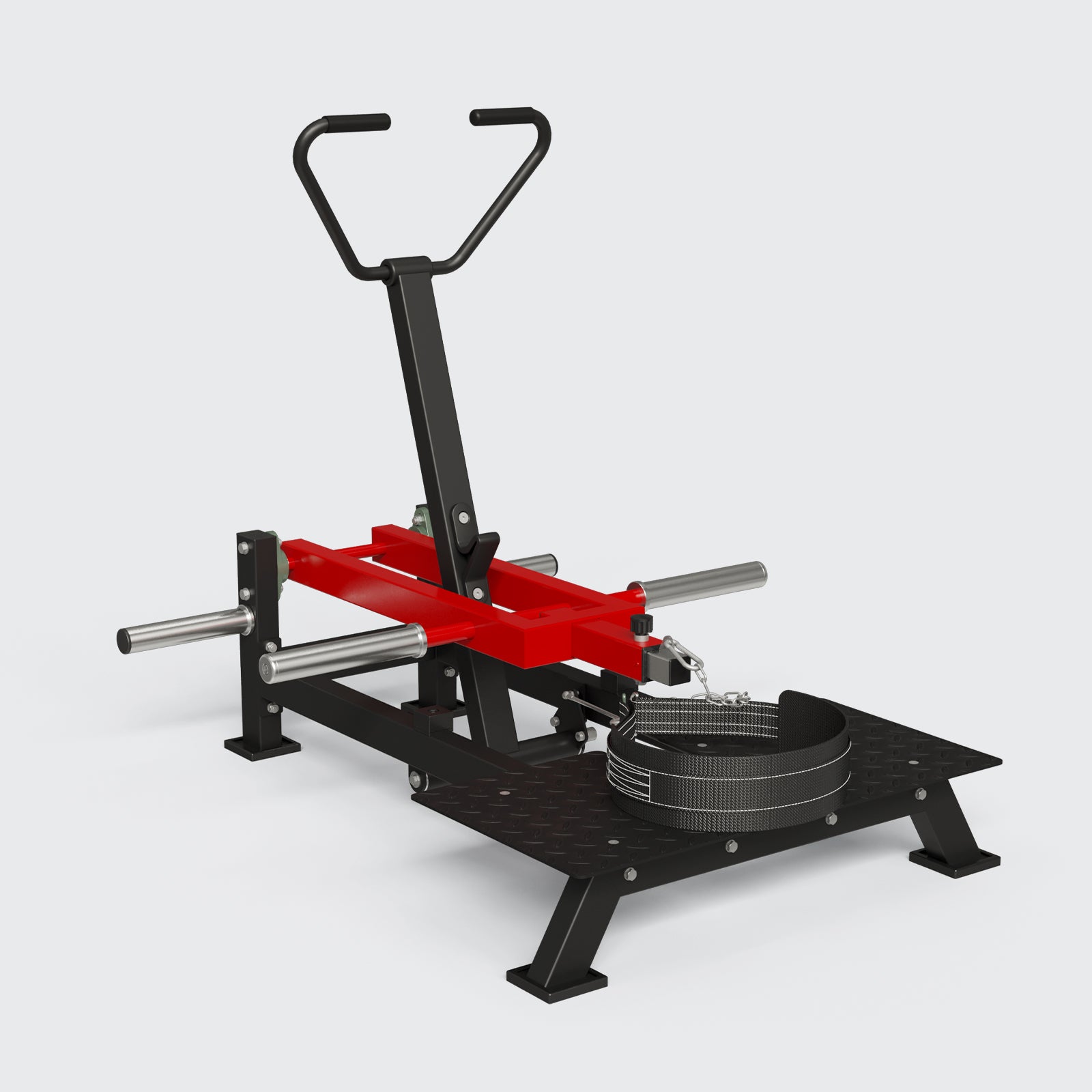
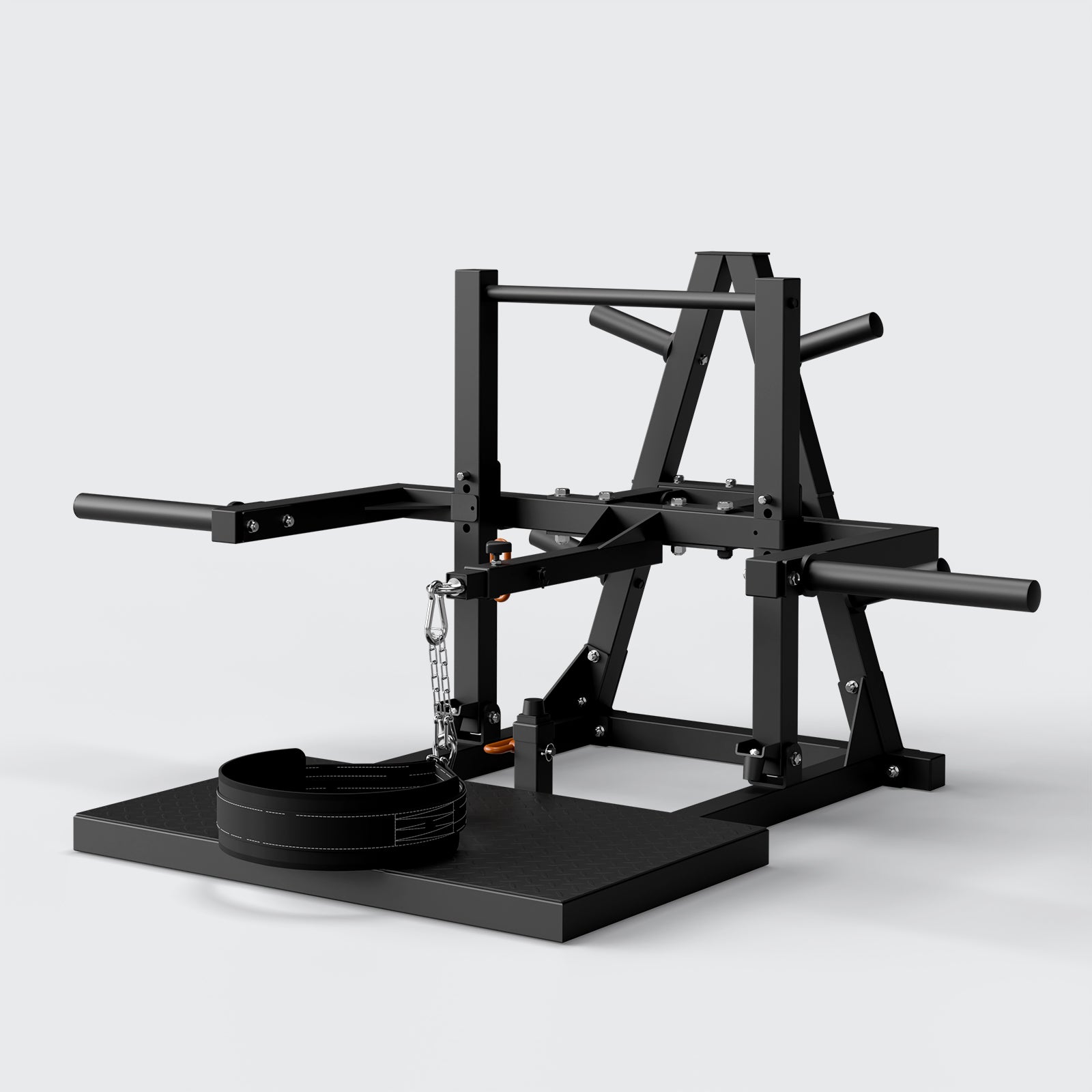
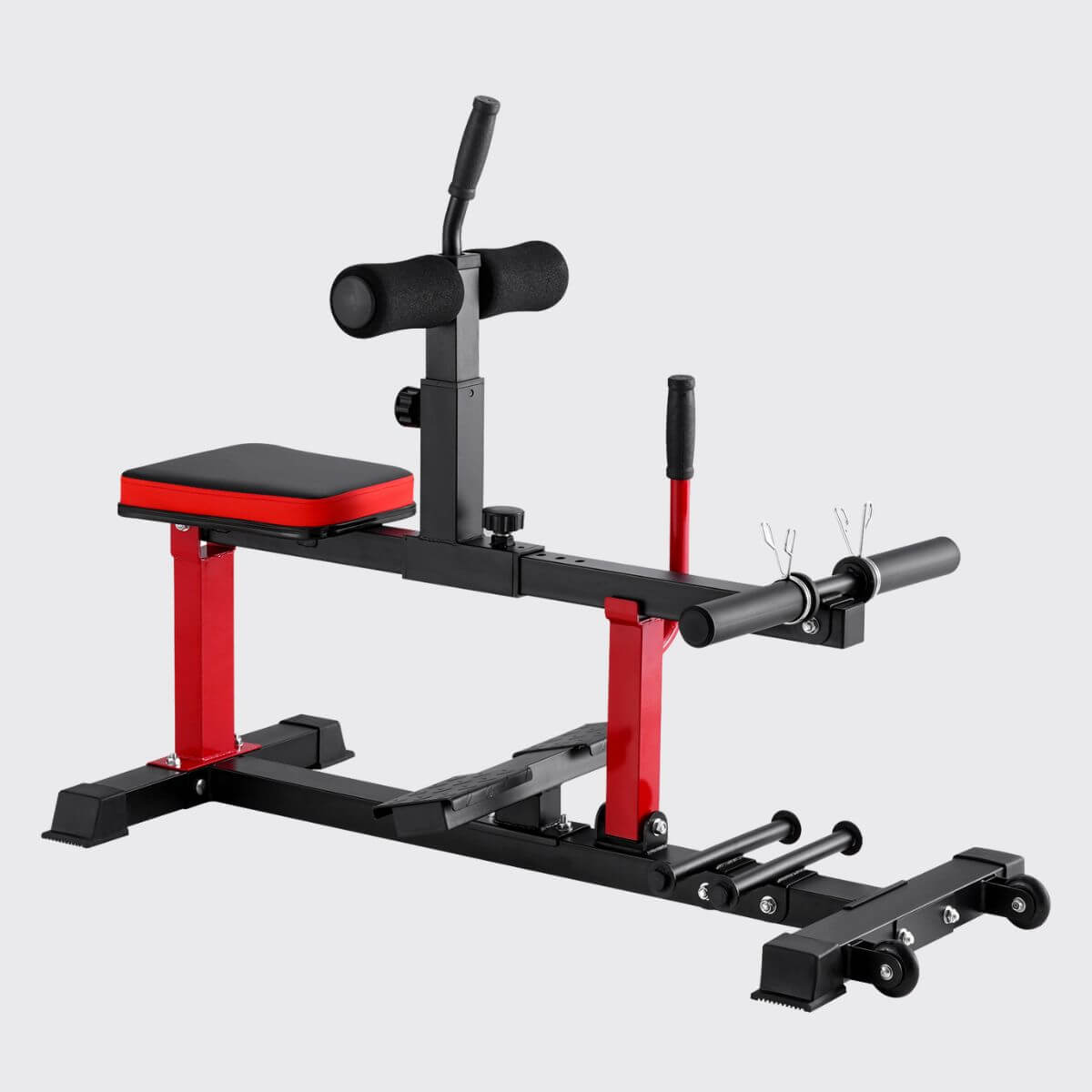
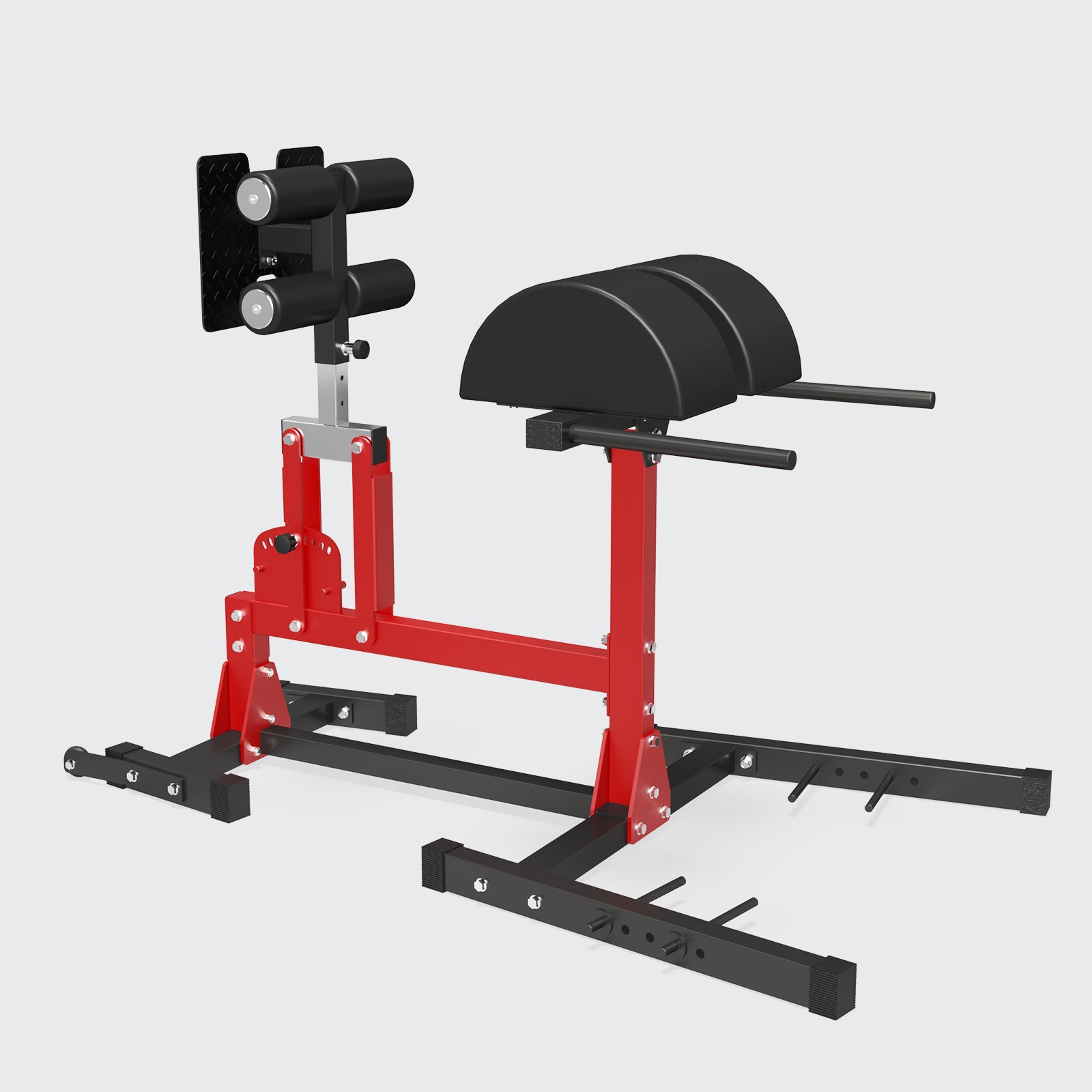
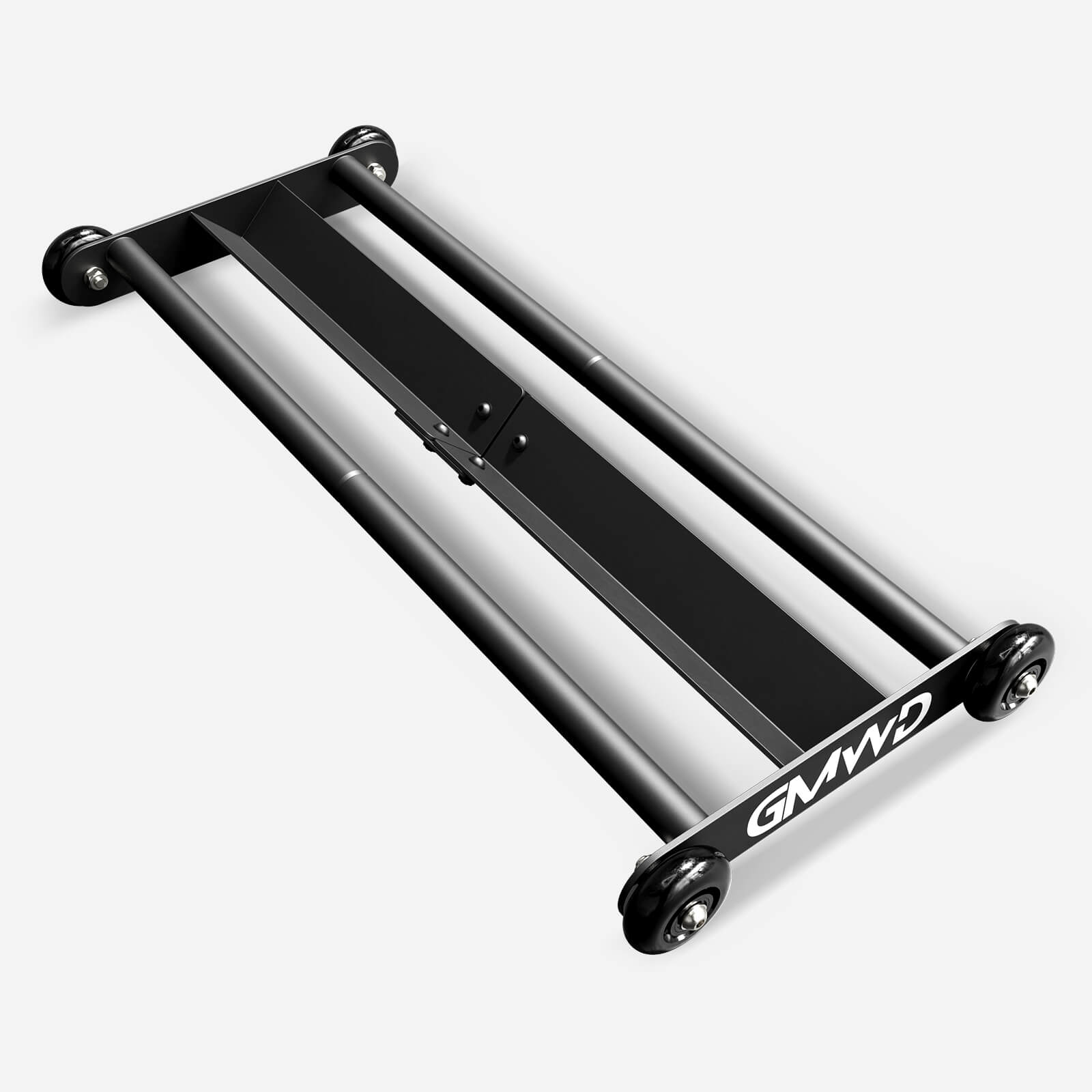
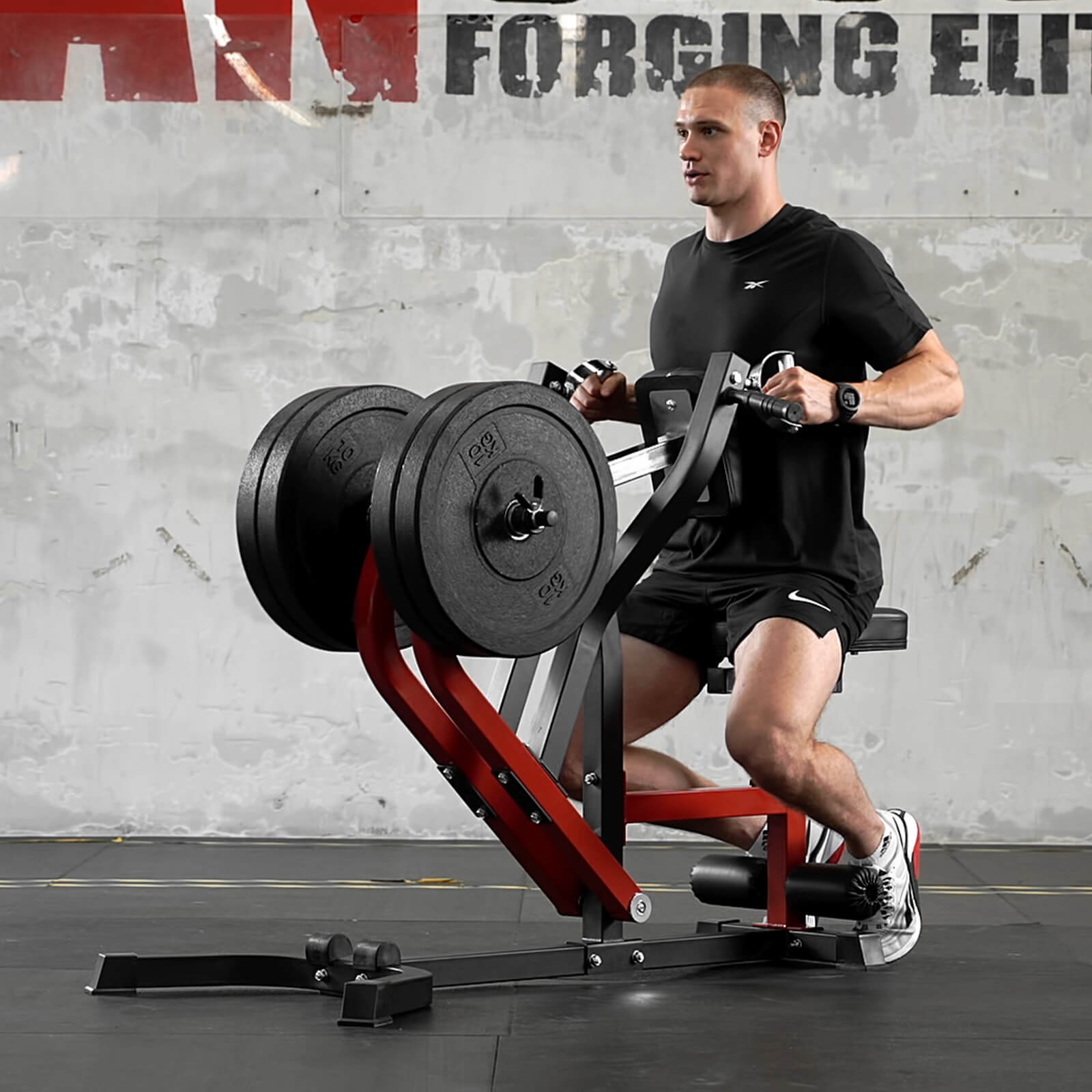
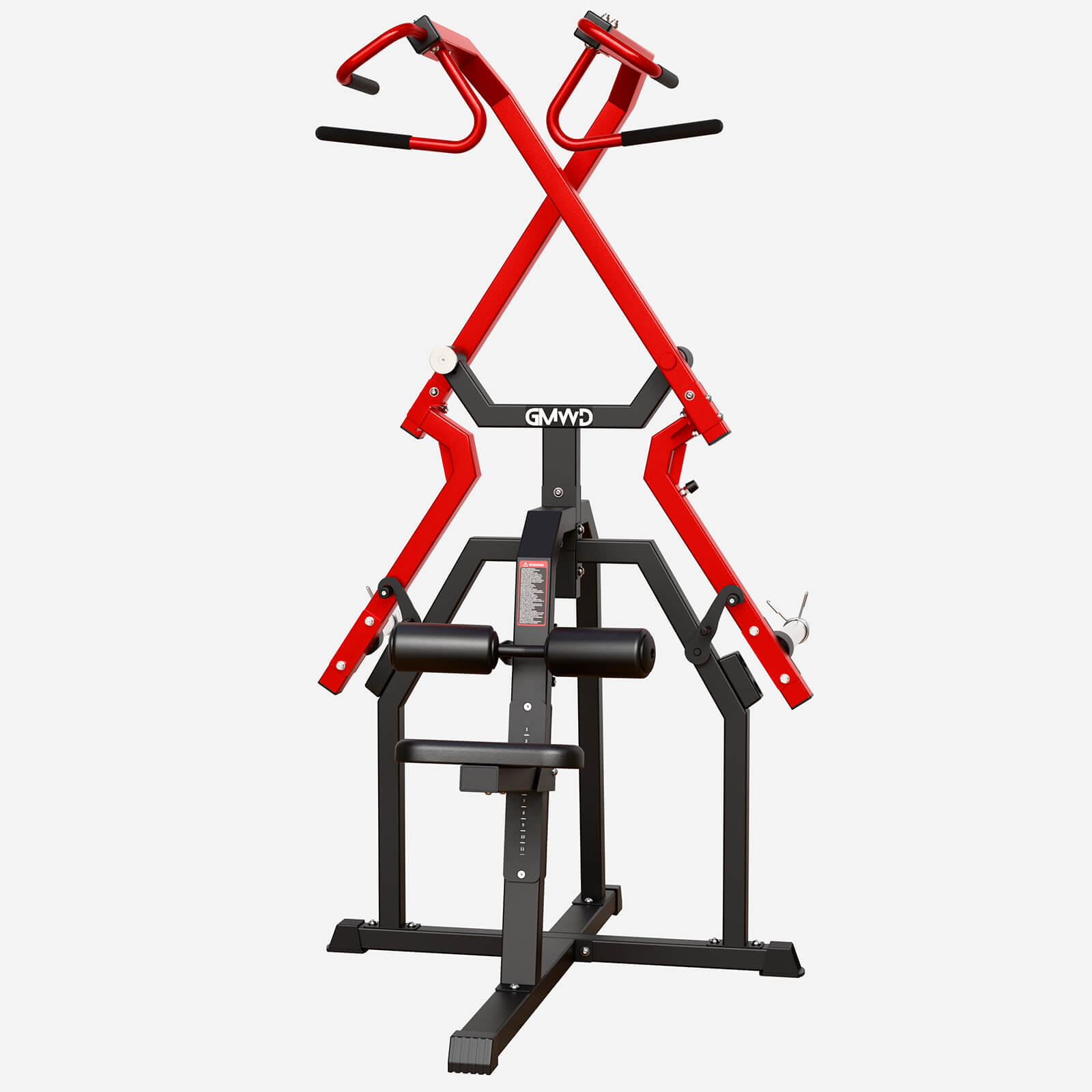
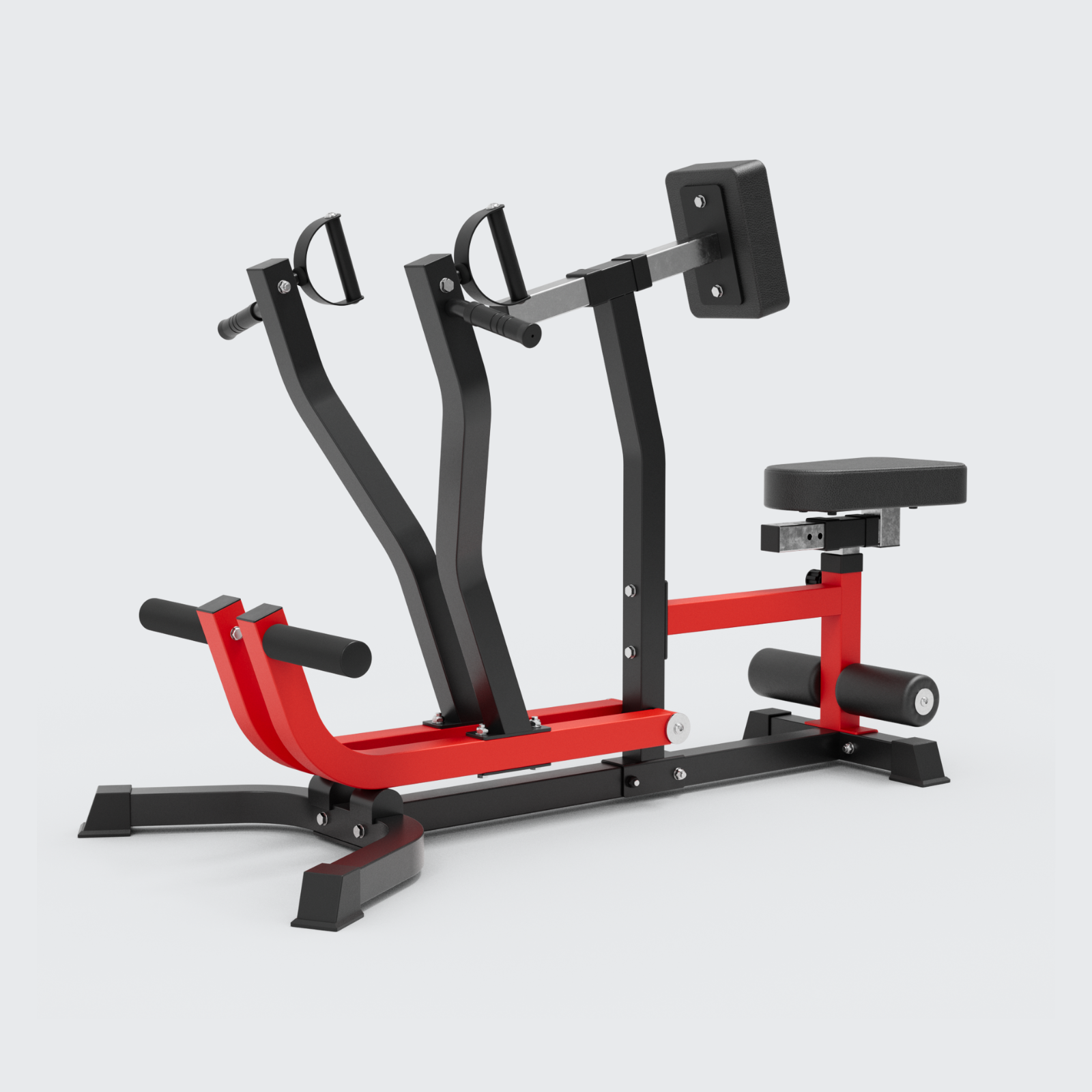
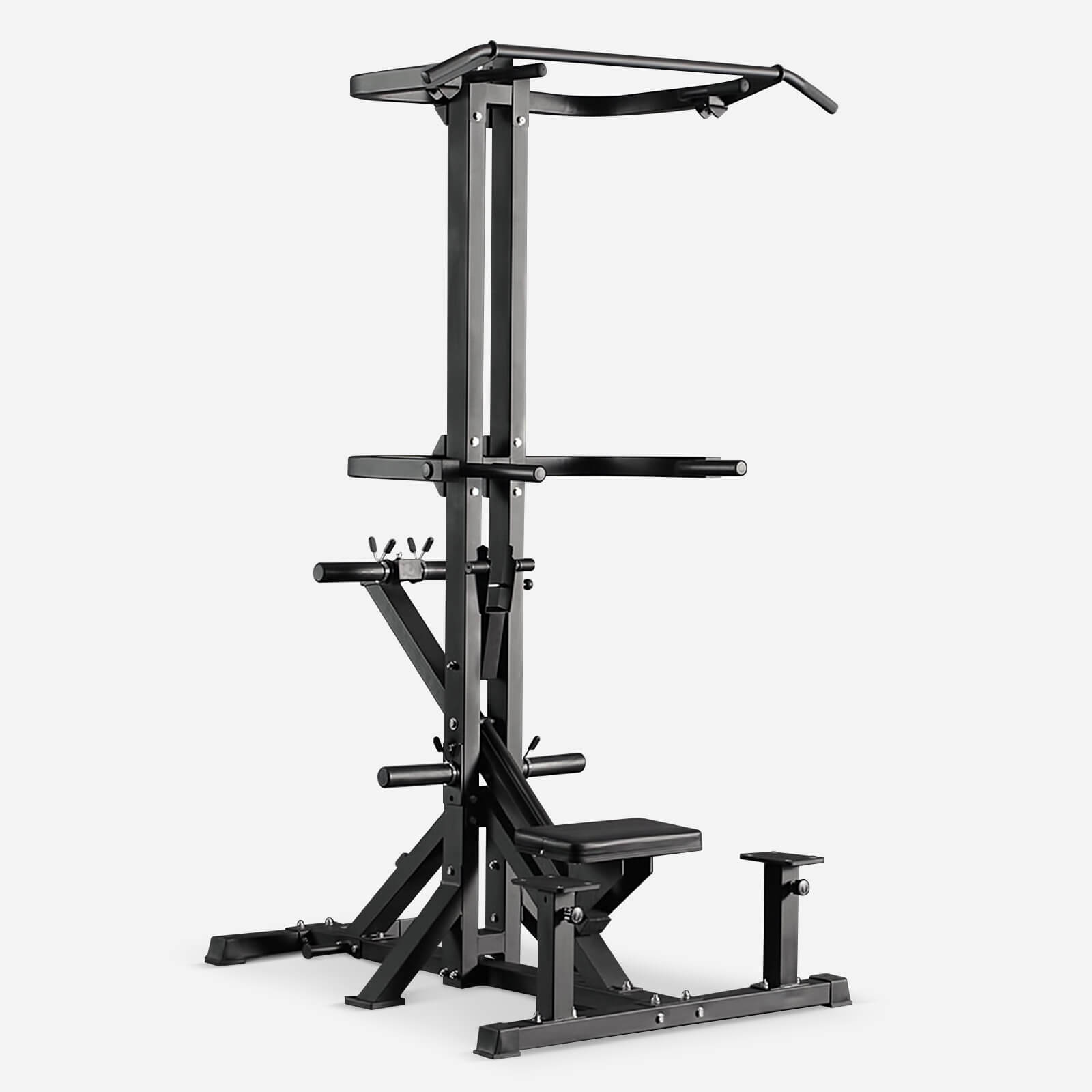

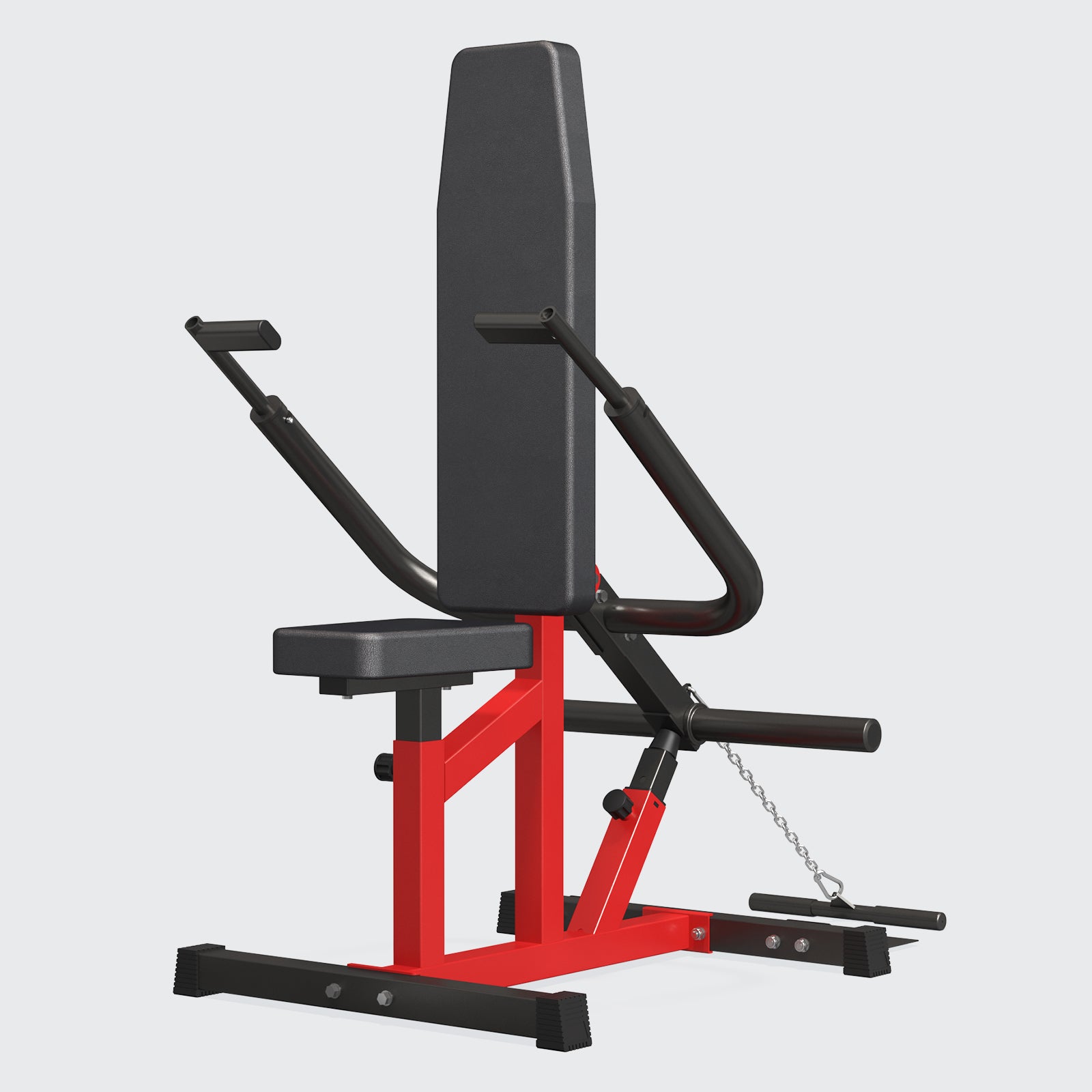
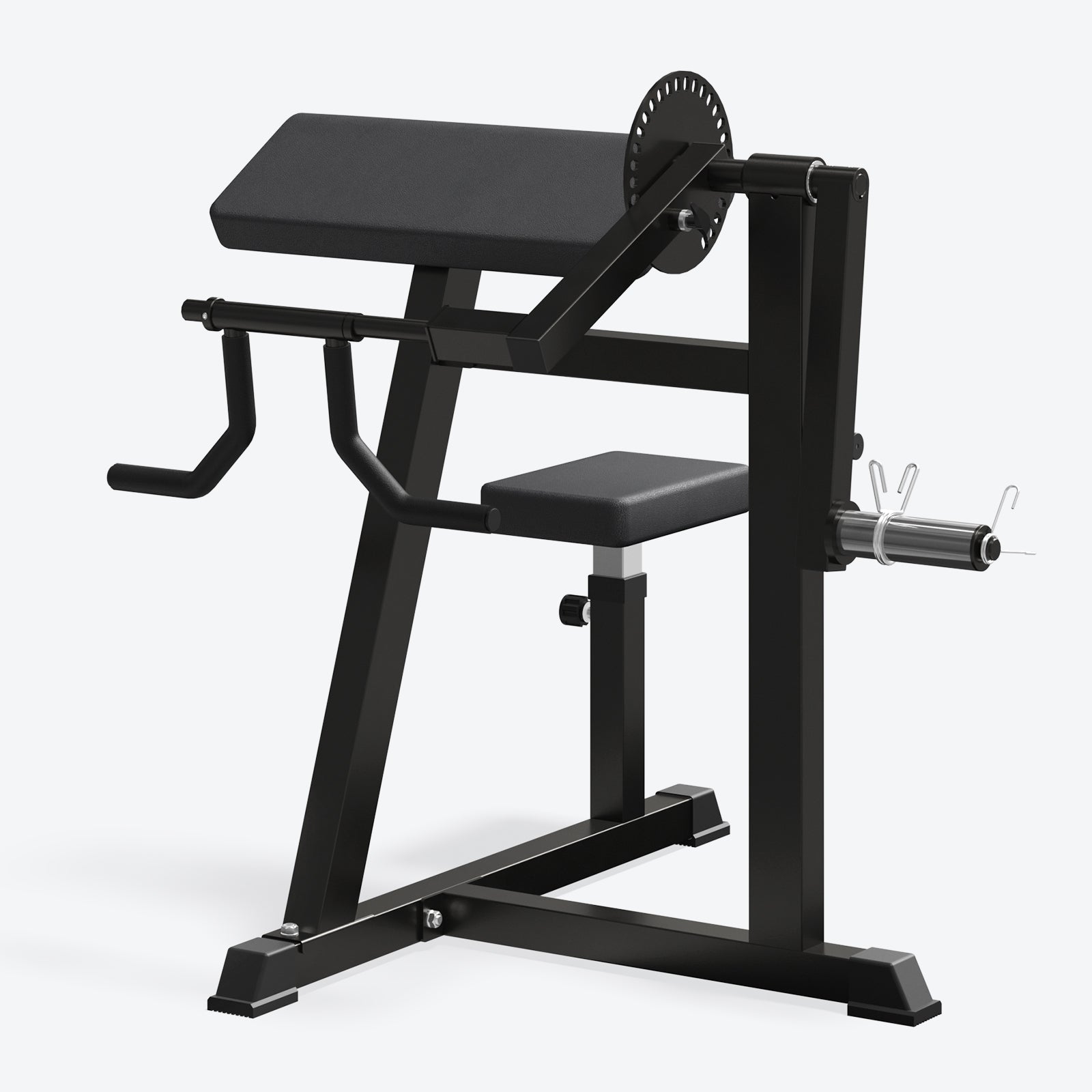
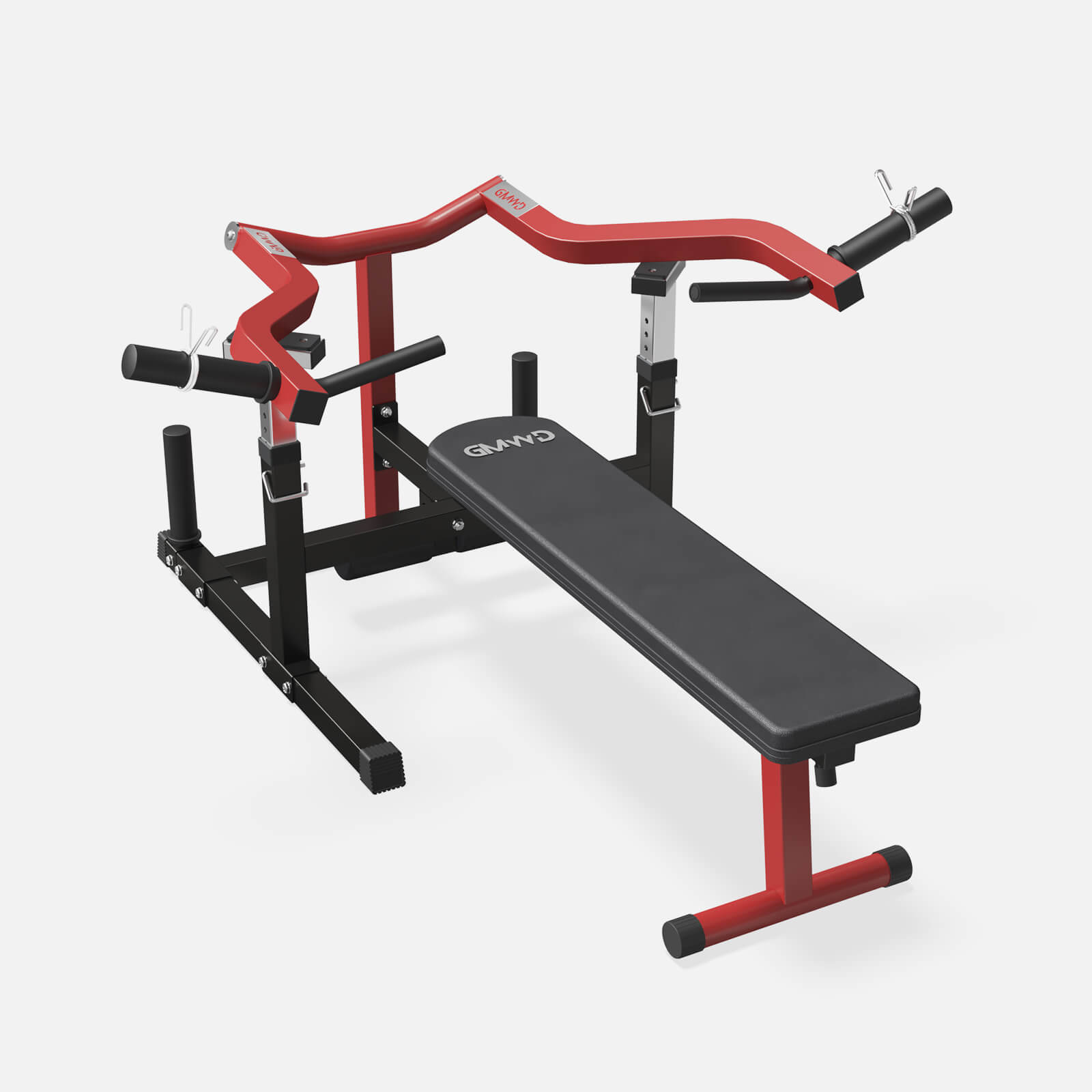
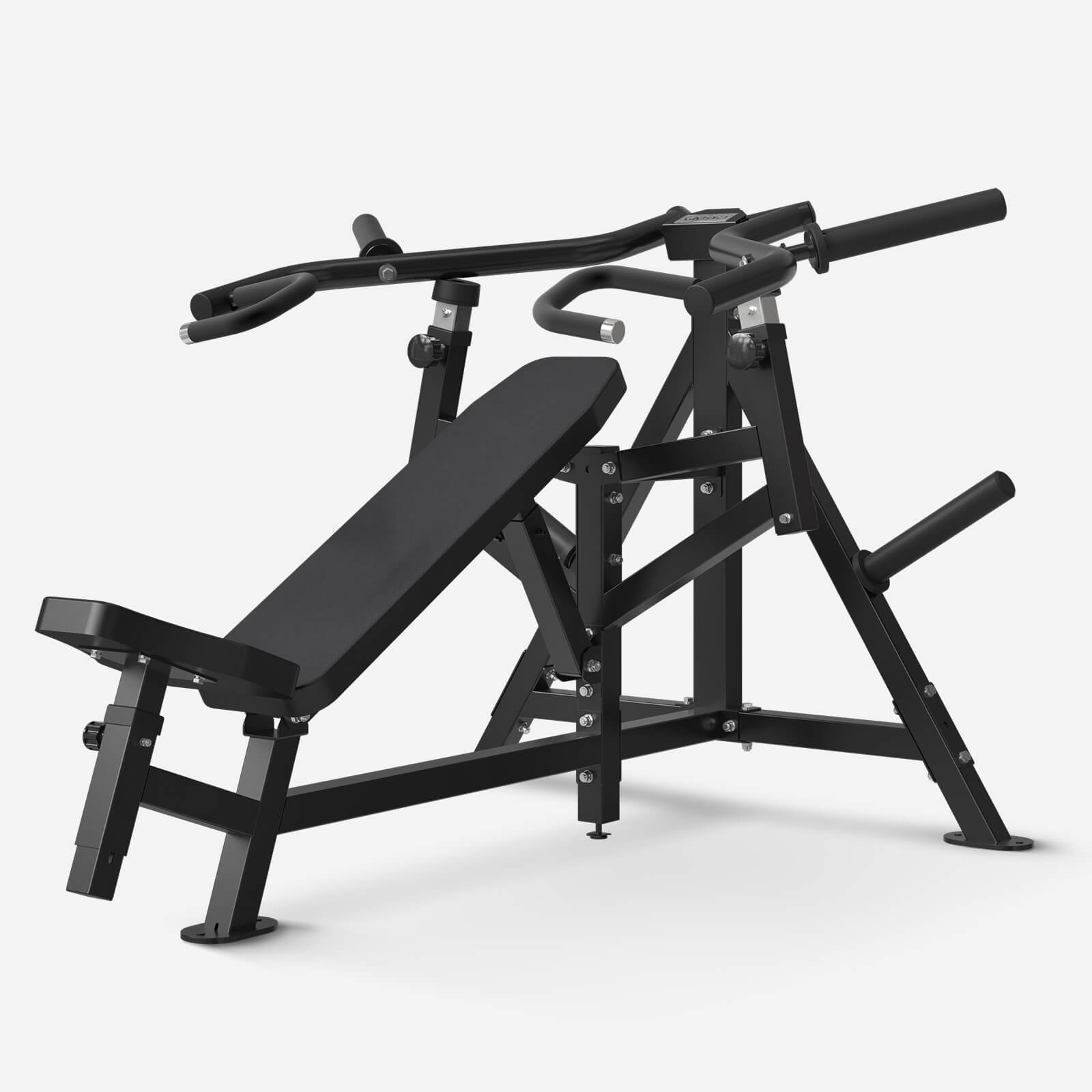
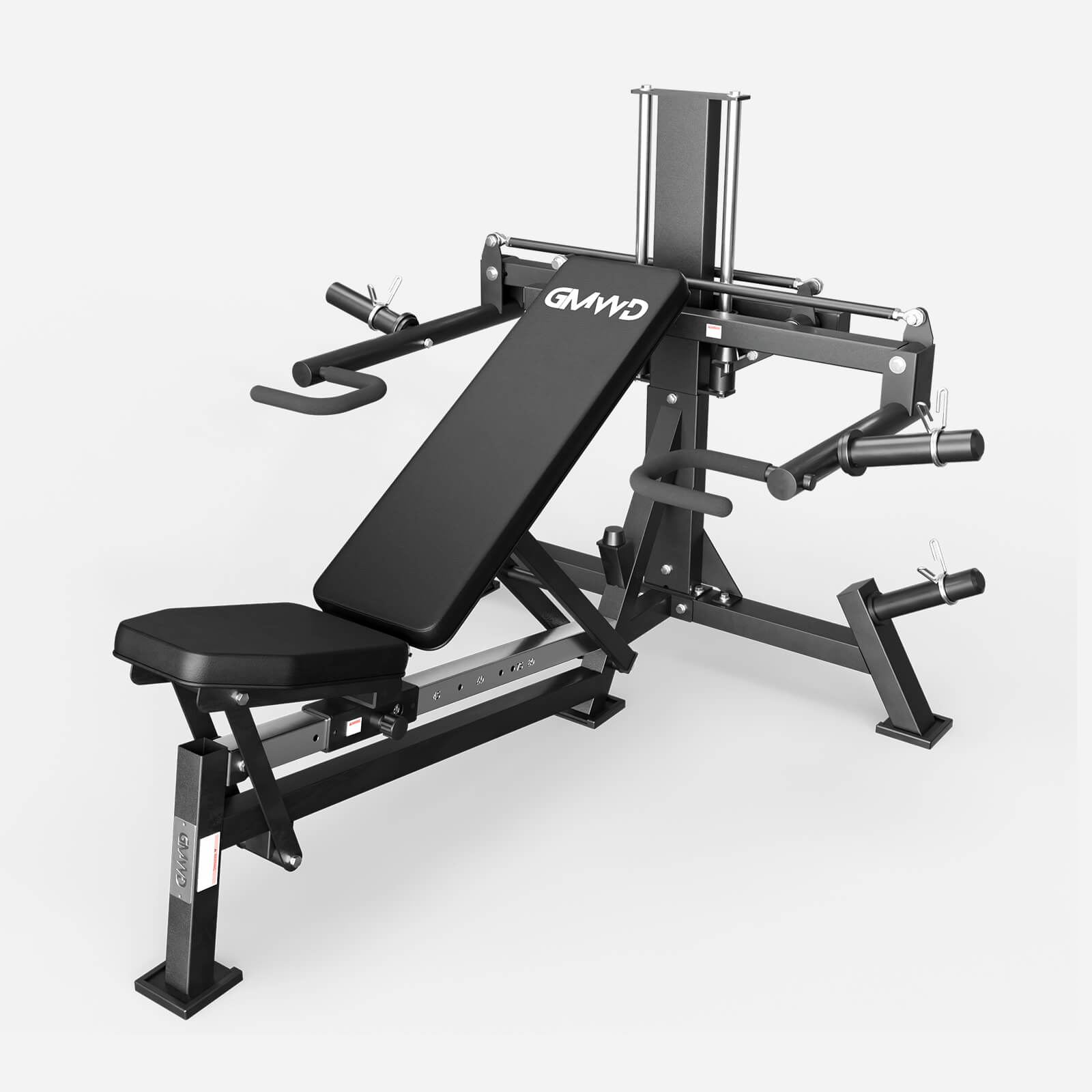
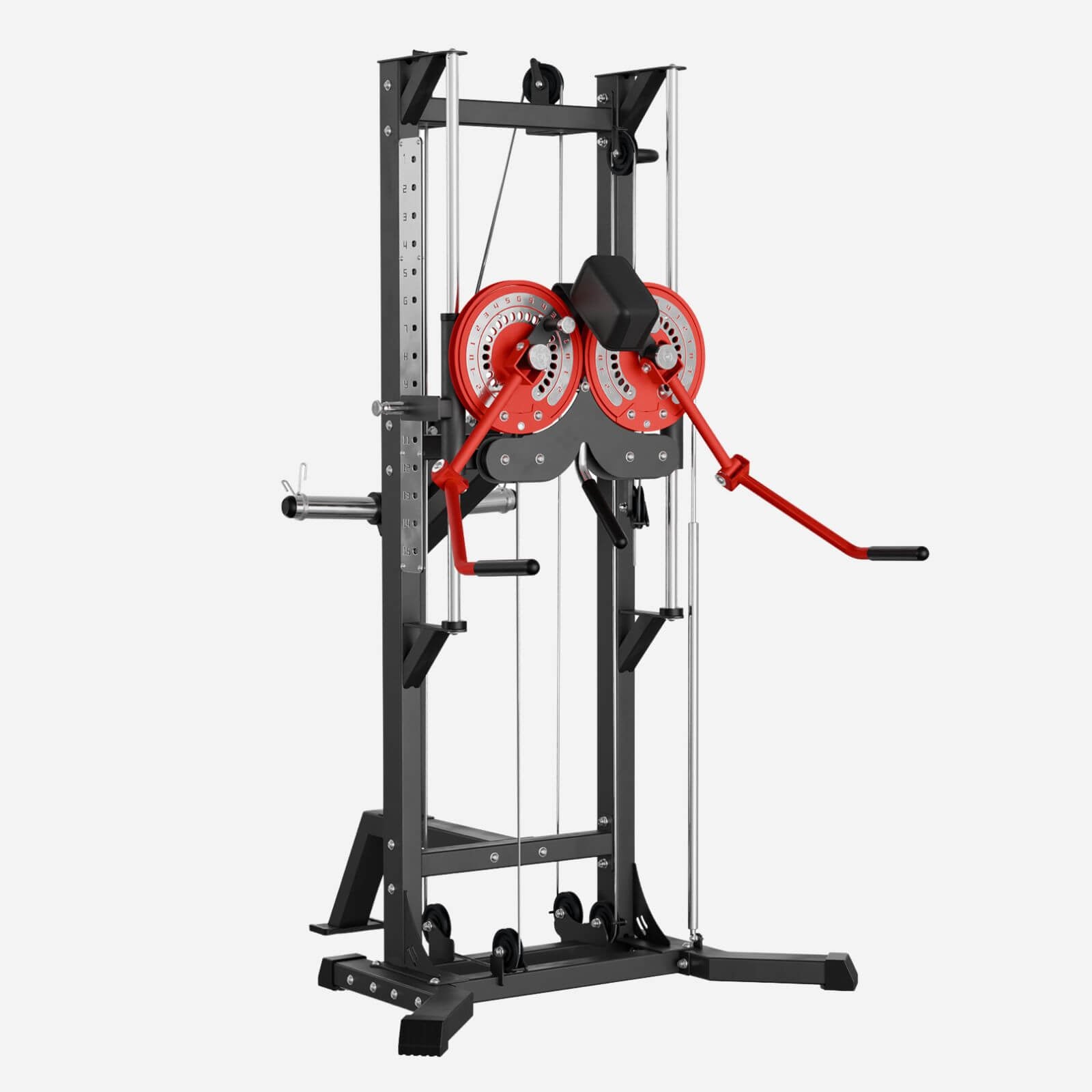
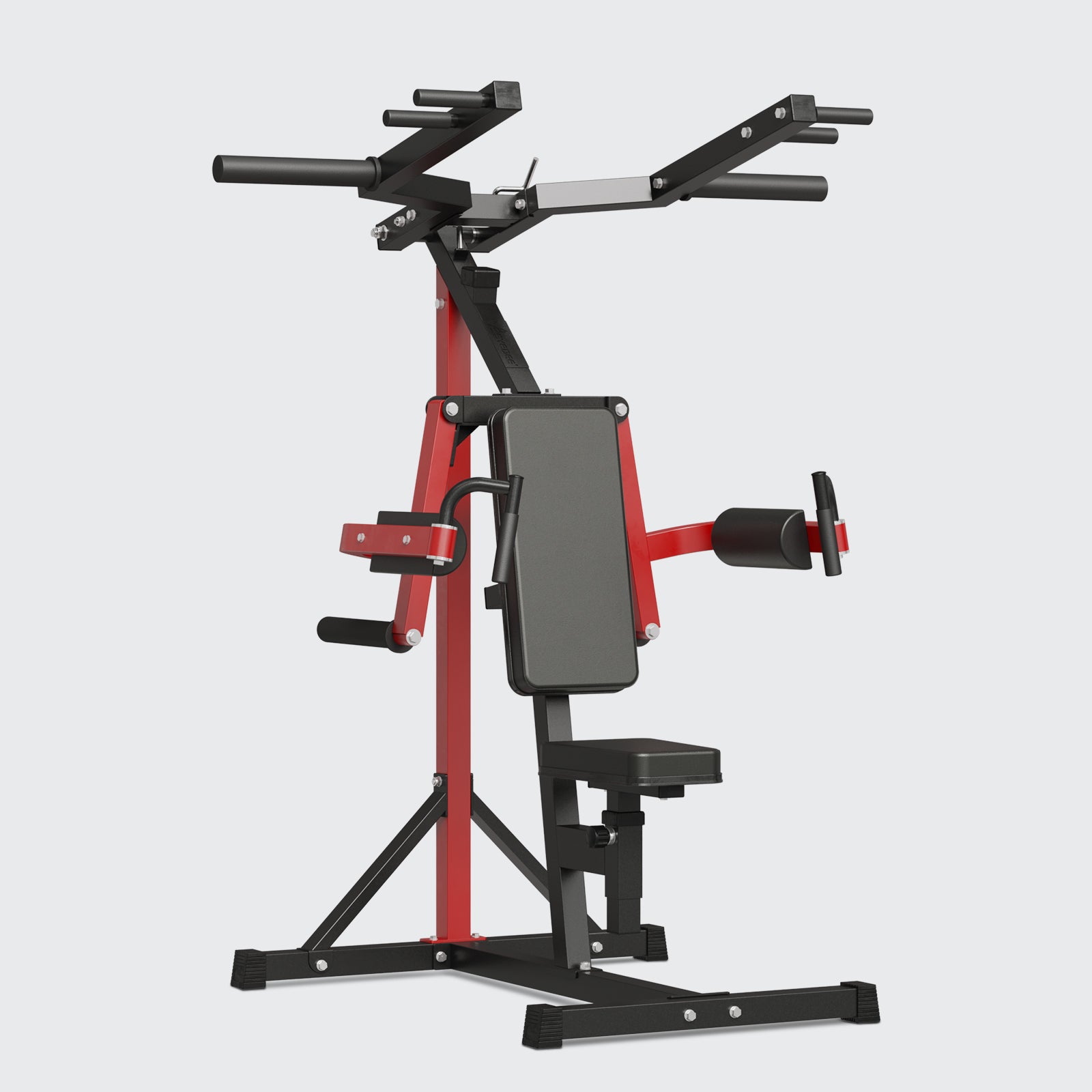
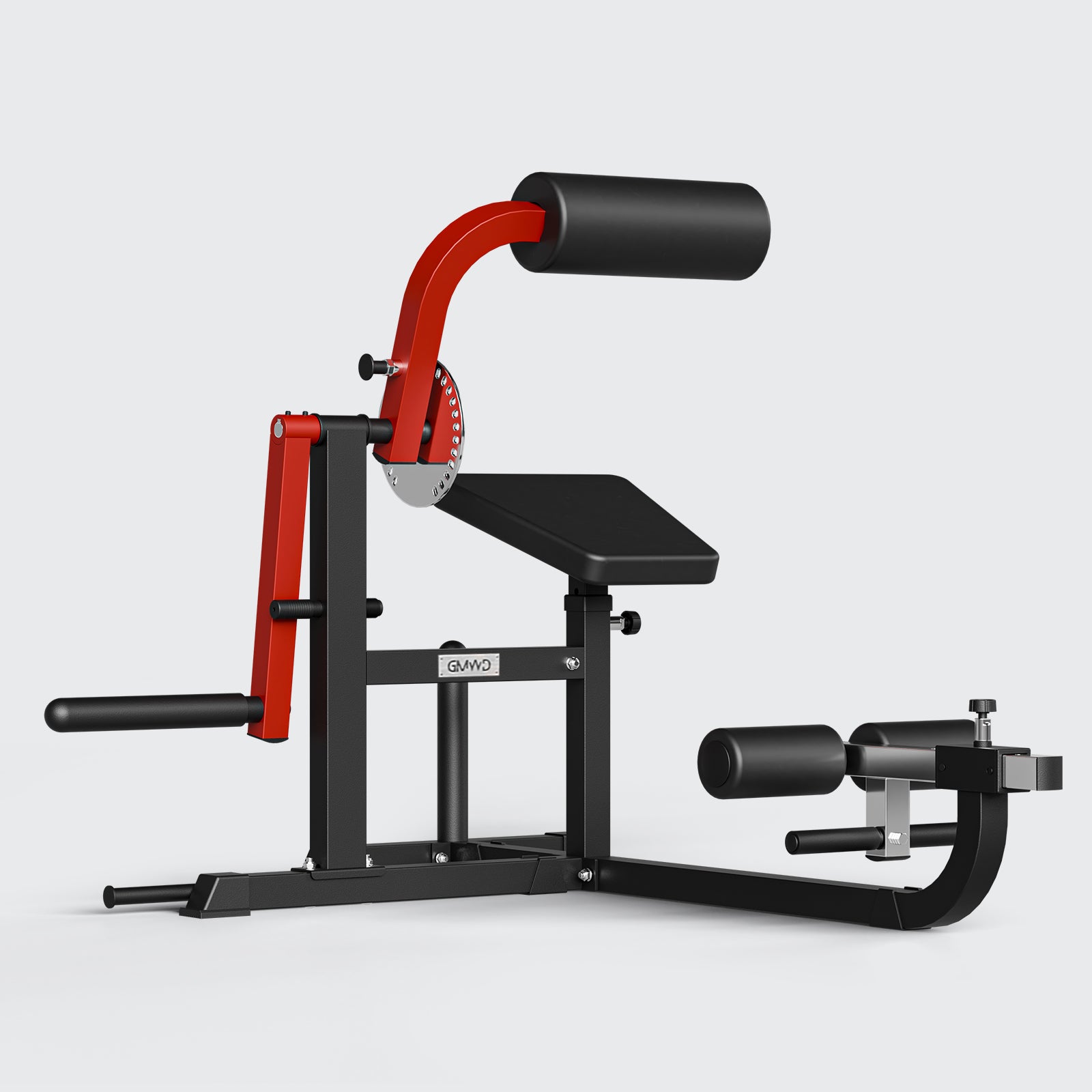
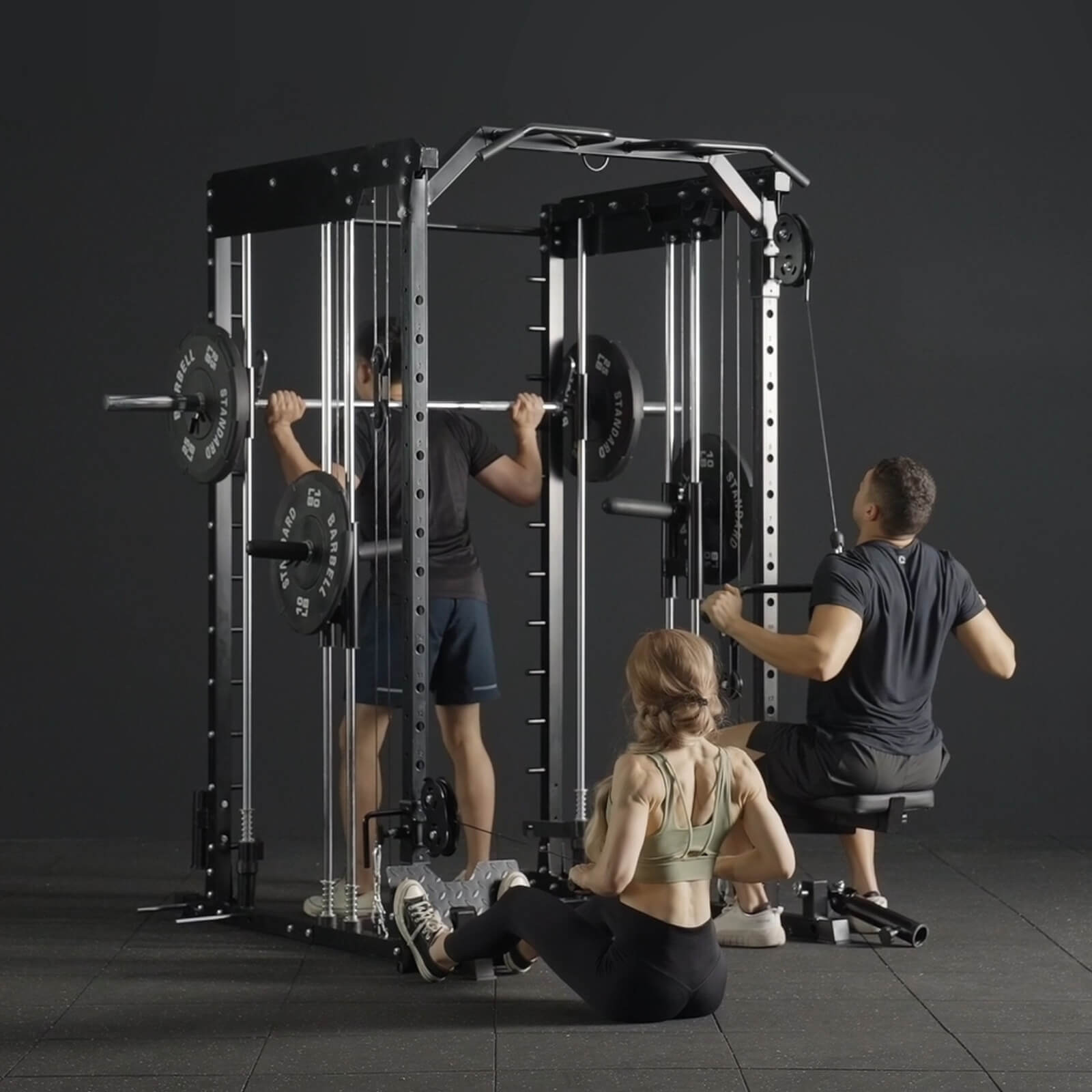
Leave a comment
All comments are moderated before being published.
This site is protected by hCaptcha and the hCaptcha Privacy Policy and Terms of Service apply.